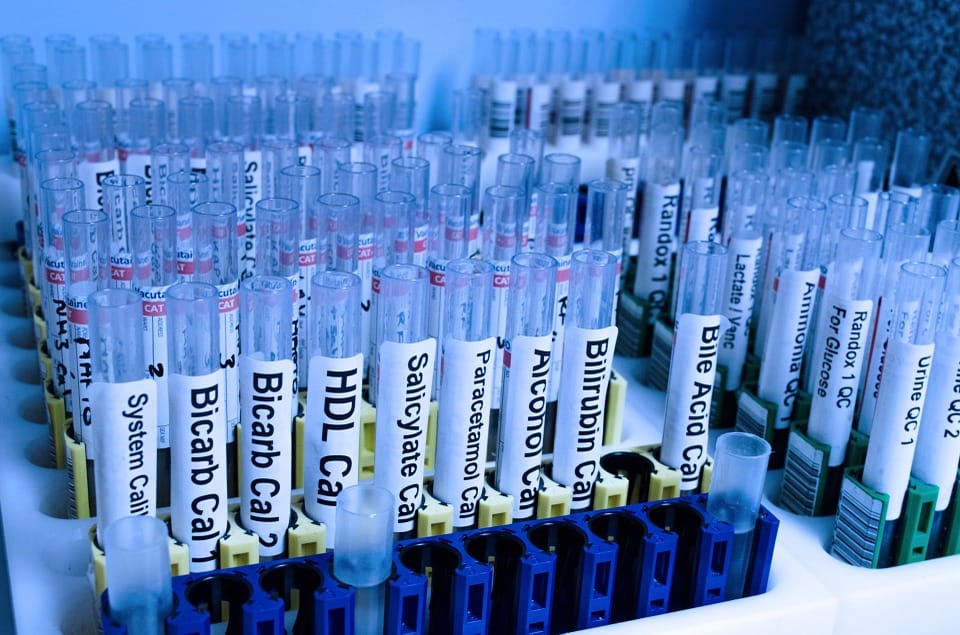
What is your staff really doing?
When asked to evaluate workflow processes in transplant programs, we often here from hospital administrators that their transplant program is over-resourced and they do not understand why work-up time is so long, why patients complain that it takes so long to get a phone call returned or why the physicians always ask for more staff. ” Do you know what your transplant staff is truly doing?”, is usually the next question we ask. Not to our surprise, the answer is “of course”.
Unfortunately, when asked to describe what the work consists of, it frequently is a recitation of the job descriptions that the staff was hired under. After we perform a time and work assessment and interview the staff, what we universally find is that the staff is being pulled in multiple directions, frequently performing clerical and administrative task that detract from patient care. No wonder work up times are so long and patient satisfaction scores are low.
When clinical staff perform mundane administrative and clerical tasks, their interactions with patients suffer. Phone calls are returned not the same day, but perhaps in a day or two. The patients feel the program is too busy for them and may look to transfer to another program. Coordinators will frequently be in the office late, accumulating overtime while answering calls, entering laboratory and radiographic data into the EMR and performing other clerical tasks that could be managed more efficiently. Some programs hire coordinator assistants to help off-load some of these activities. In today’s environment, where patients expect to have their questions answered in a timely fashion and hear a human voice, is it not best to have your most important assets, our staff, interacting with patients whenever possible and automate data management as much as possible?
Patients may not leave sufficient information on a voicemail for staff to determine the appropriate triage level for returning the call and delays result – direct interaction with staff where questions can be asked and answered avoid these delays and any misunderstandings. Not only can technology that automates the more mundane administrative tasks improve the accuracy and efficiency of those tasks, it will allow increased staff-patient interactions and improve patient satisfaction and outcomes.


